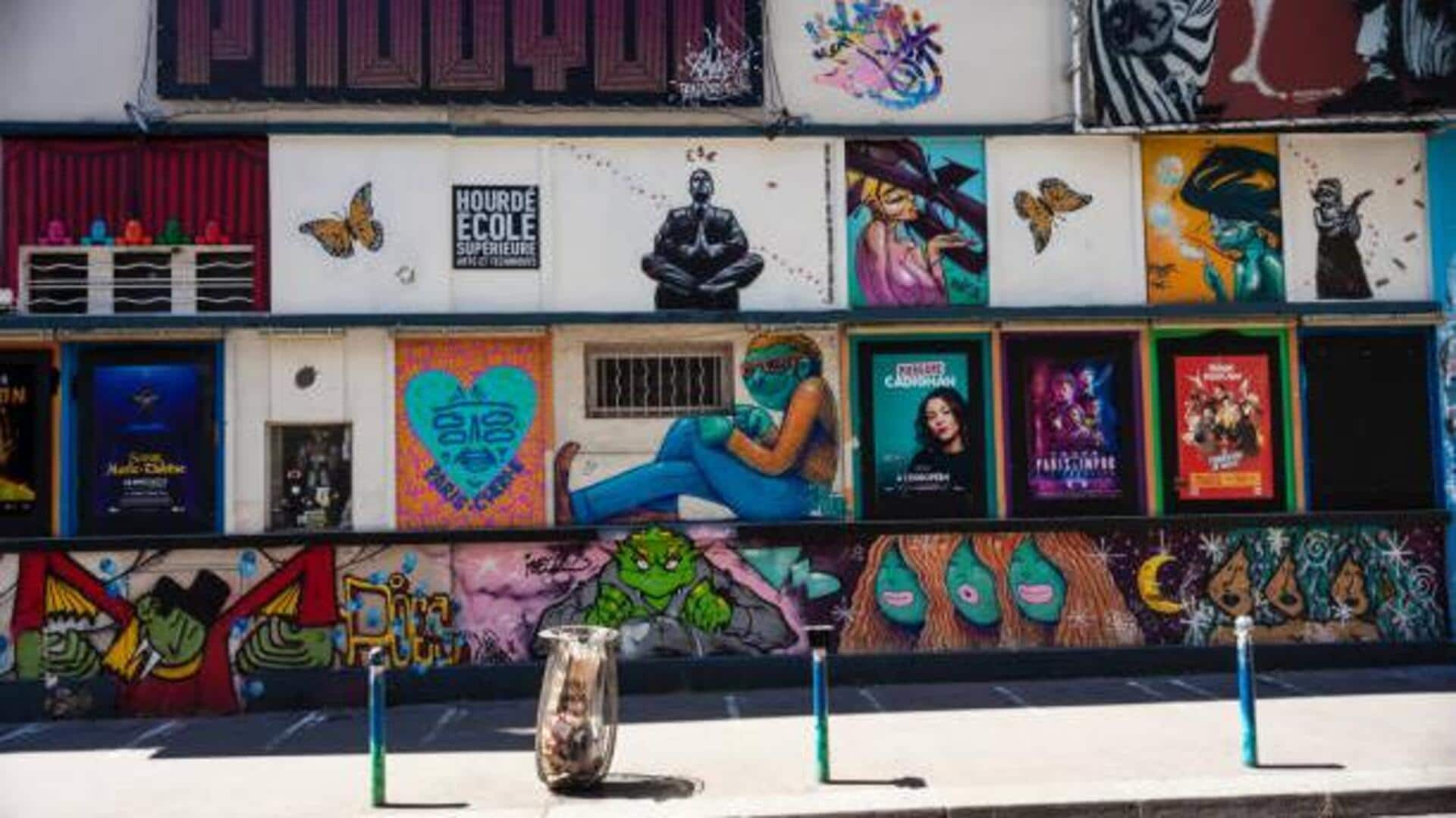
World's most iconic street art: A list
What's the story
Street art has become a global phenomenon, transforming urban landscapes into vibrant canvases. From the rebellious spirit of graffiti to the intricate designs of muralists, street art offers a unique glimpse into contemporary culture. This article delves into iconic street art movements and their impact on cities worldwide. It highlights key figures, styles, and the evolution of street art as an influential form of expression.
#1
The rise of graffiti culture
Graffiti culture emerged in the late 1960s and early 1970s, primarily in New York City. Young artists started tagging their names across the city, creating an underground movement. Graffiti became a way for artists to establish their identity and gain recognition within the community. Over the years, it evolved from simple tags to complex pieces that showcased artistic talent and social commentary.
#2
Muralism's cultural impact
Muralism has also been a powerful tool for cultural expression and community engagement. Unlike graffiti, which is often associated with rebellion, murals are frequently commissioned or sanctioned by local governments or organizations. They beautify neighborhoods and tell stories that resonate with residents. From Diego Rivera's politically charged works to modern collaborations between artists and communities, muralism has left an indelible mark on urban landscapes.
#3
Street art festivals: A global phenomenon
Street art festivals have become a global phenomenon, drawing artists from all over the world to collaborate and showcase their work. These events provide a platform for emerging talent and established names alike. They also promote cultural exchange between different regions. Festivals like Wynwood Walls in Miami or Nuart Festival in Norway attract thousands of visitors every year, celebrating street art's diversity and creativity.
#4
The role of technology in street art evolution
Technology has also played a significant role in the evolution of street art. From digital tools that allow artists to plan intricate designs before execution, to social media platforms that help them reach global audiences instantly, technology has changed how street artists create and share their work. It has also opened new avenues for collaboration between traditional artists and digital creators.